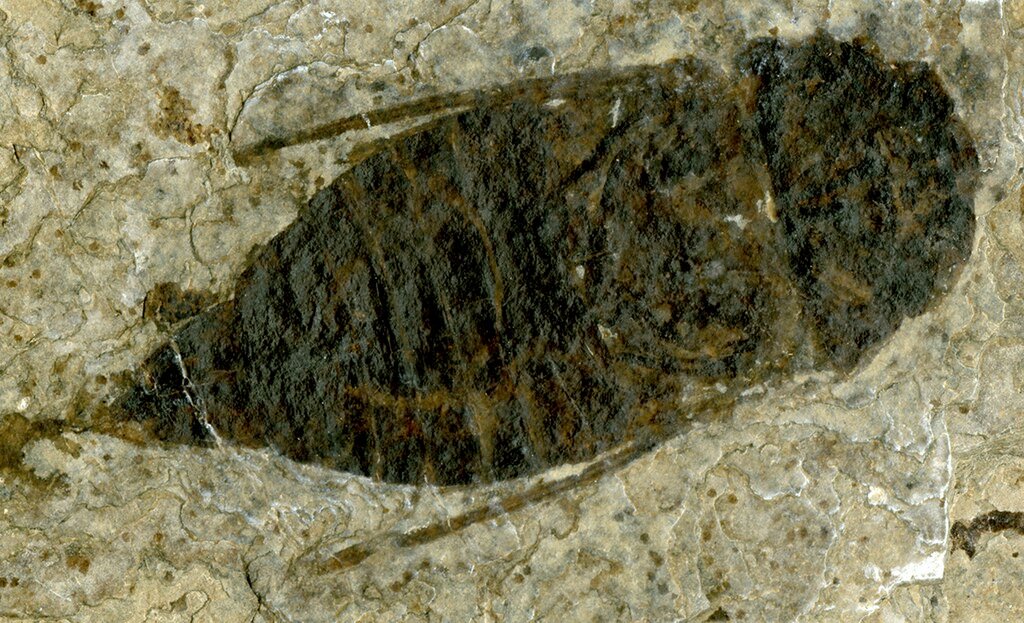For the first time, a stunningly well-preserved fossil of a genuine cicada has been found at the Messel Pit in Germany, providing an unprecedented insight into the old world of these buzzing insects. The newly discovered species, Eoplatypleura messelensis, is 47 million years old and is one of the most ancient recorded ancestors of contemporary cicadas in Eurasia. With intricate wing patterns and almost perfect fossilization, this discovery rewires our understanding of cicada evolution and the ecological dynamics of prehistoric Europe.
A Rare Glimpse Into an Ancient World
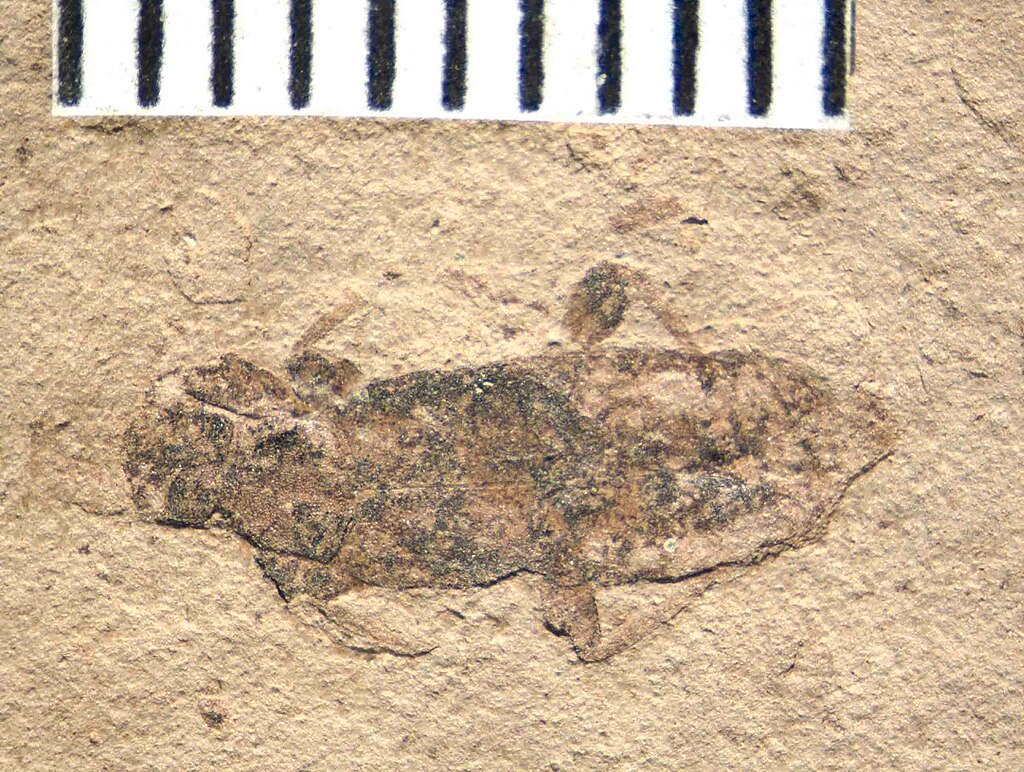
The Messel Pit, a World Heritage Site outside Darmstadt, Germany, is famous for its beautifully preserved fossils, which present snapshots of Eocene life. The newest discovery of a 26.5-millimeter-long (1.04 inches) adult female cicada with a wingspan of 68.2 millimeters (2.7 inches) is among the most complete specimens ever discovered. Unlike most insect fossils, which are fragmentary, this cicada’s delicate wings, compact head, and even subtle color patterns remain intact, frozen in time within oil shale.
Dr. Sonja Wedmann, a researcher at the Senckenberg Research Institute, emphasizes the rarity of such finds: “True cicadas are abundant today, but their fossil record is surprisingly sparse. This discovery fills a critical gap in their evolutionary timeline.”
The Evolutionary Puzzle of the Platypleurini
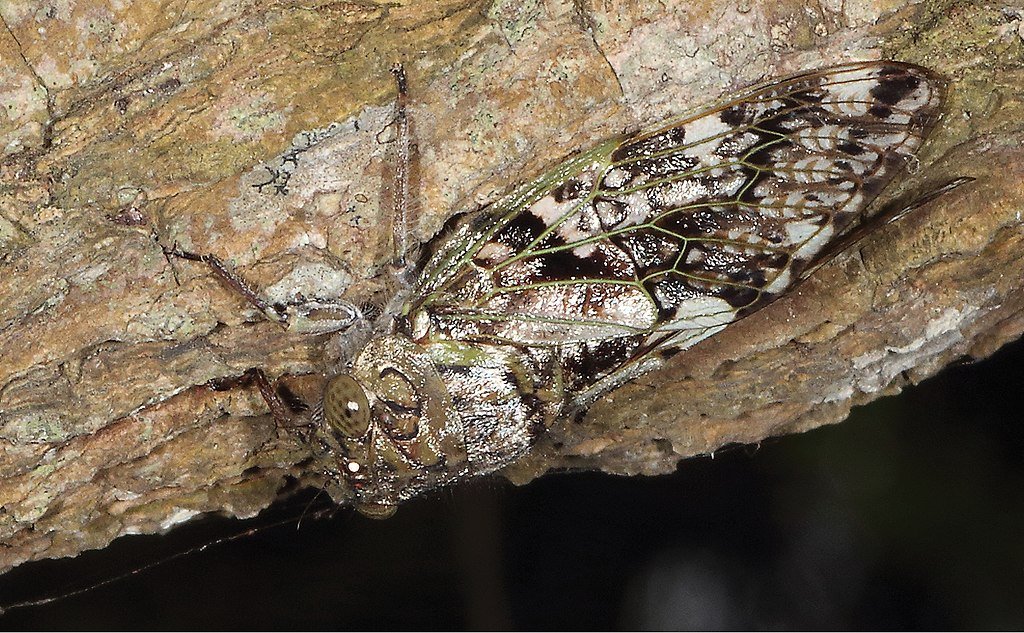
What is significant about Eoplatypleura messelensis is its assignment to the Platypleurini, a diverse lineage of cicadas characterized by the bright patterns of their wings and their boisterous mating calls. Their living relatives in today’s world live in woodland and shrub environments, employing their bright wing colors for camouflage or for mating display. The fossil’s intricate wing designs suggest that these survival strategies were already in place nearly 50 million years ago.
“The patterns on this fossil closely resemble those of living Platypleurini cicadas,” explains lead author Dr. Hui Jiang. “Given that Messel was a subtropical forest 47 million years ago, these colors likely helped the insect blend into its surroundings or perhaps attract mates.”
Did This Ancient Cicada Buzz Like Modern Relatives?
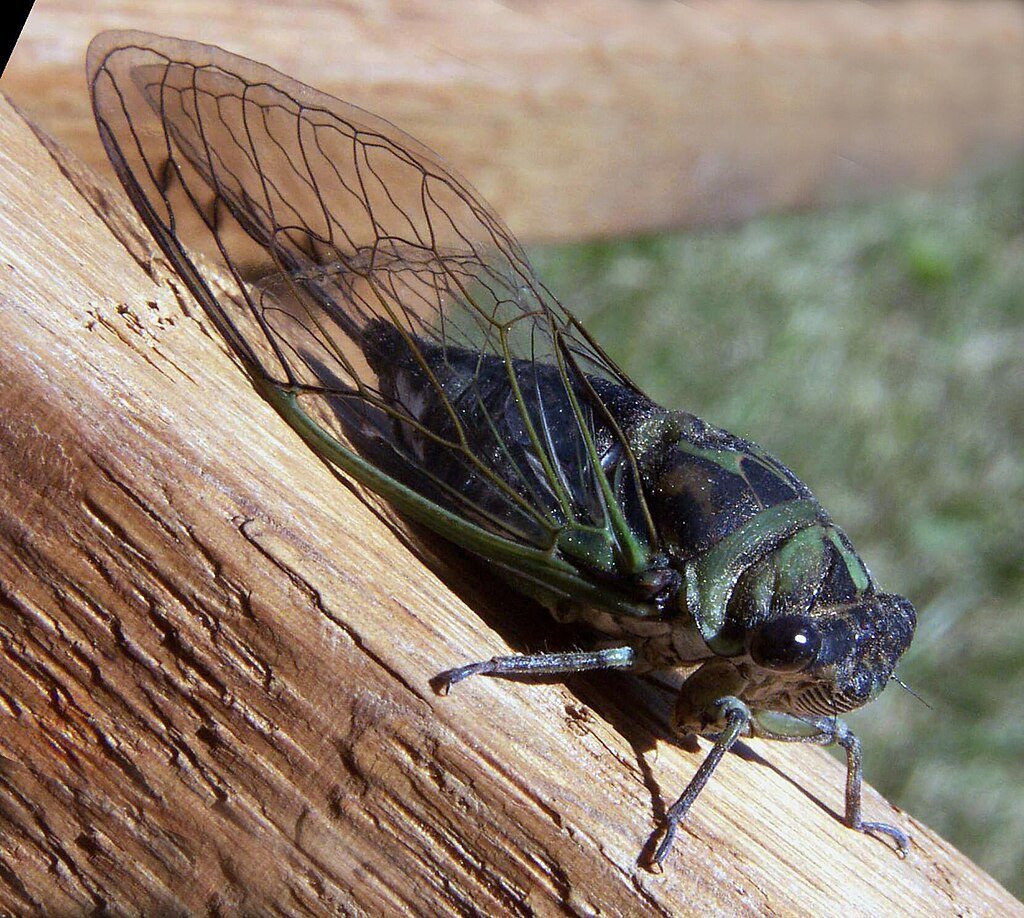
One of the most interesting questions about this fossil is whether it made the ear-piercing, iconic calls that today are what make male cicadas famous. Although the specimen is female, its anatomy overwhelmingly supports that males of its type could produce loud acoustic signals.
“The shape of its thorax and wing base is consistent with contemporary cicadas that employ sound for communication,” Jiang states. “If there were males in this species, they likely sang to call in females just as they do today.”
Why the Messel Pit Is a Fossil Goldmine
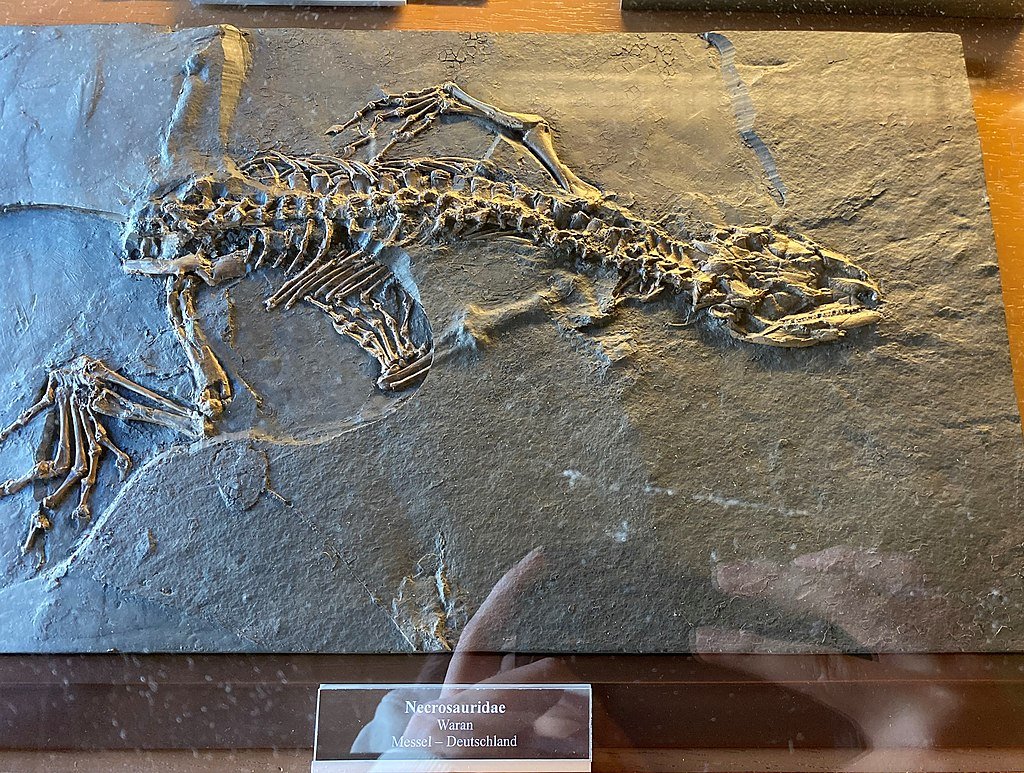
The Messel Pit’s unique conditions, a deep volcanic lake with oxygen-poor bottom waters prevented decomposition, allowing even soft-bodied creatures to fossilize in extraordinary detail. This site has yielded everything from early horses to feathered dinosaurs, but insect fossils like this cicada provide rare insights into smaller, often overlooked ecosystems.
“Insects make up the majority of Earth’s biodiversity, yet their fossil record is patchy,” says Wedmann. “Every new discovery from Messel helps us reconstruct ancient food webs and ecological interactions.”
A Missing Link in Cicada Evolution
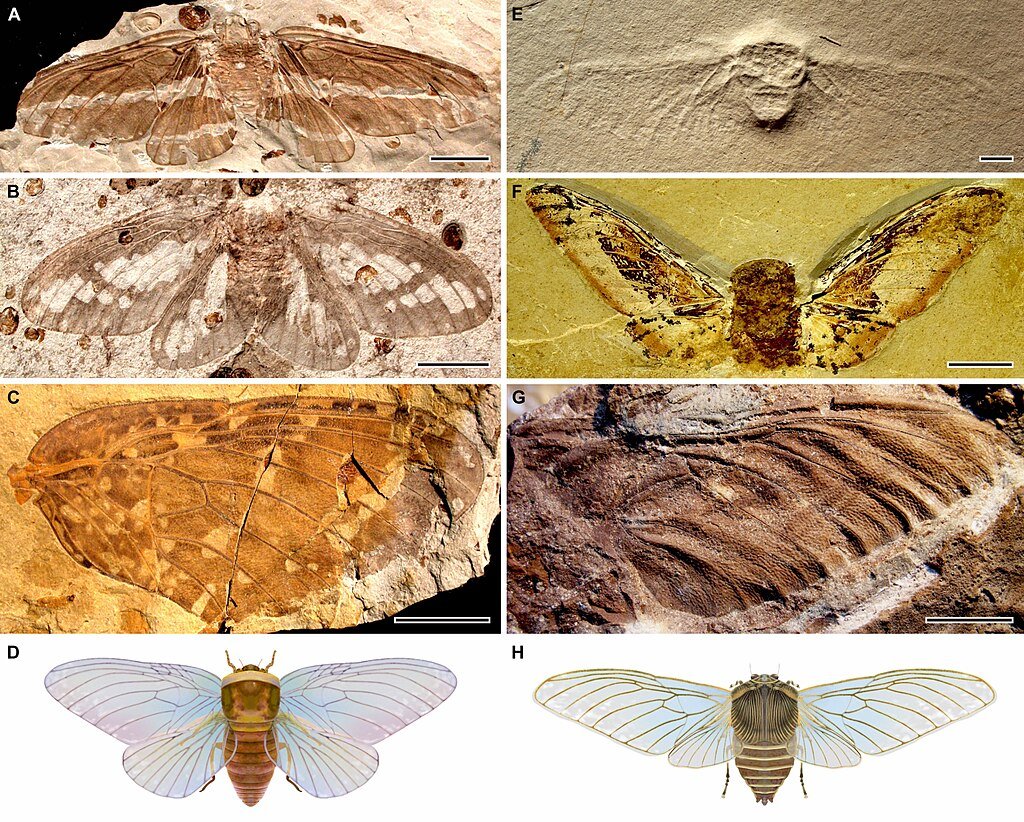
Before this discovery, only 44 cicada fossils had been documented from the Cenozoic era (the last 66 million years). Eoplatypleura messelensis now stands as the oldest known member of the Cicadinae subfamily in Eurasia and the earliest evidence of Platypleurini worldwide.
“This fossil bridges a major gap in cicada evolution,” notes Wedmann. “It shows that these insects were already diversifying in Europe long before we previously thought.”
What This Means for Future Research
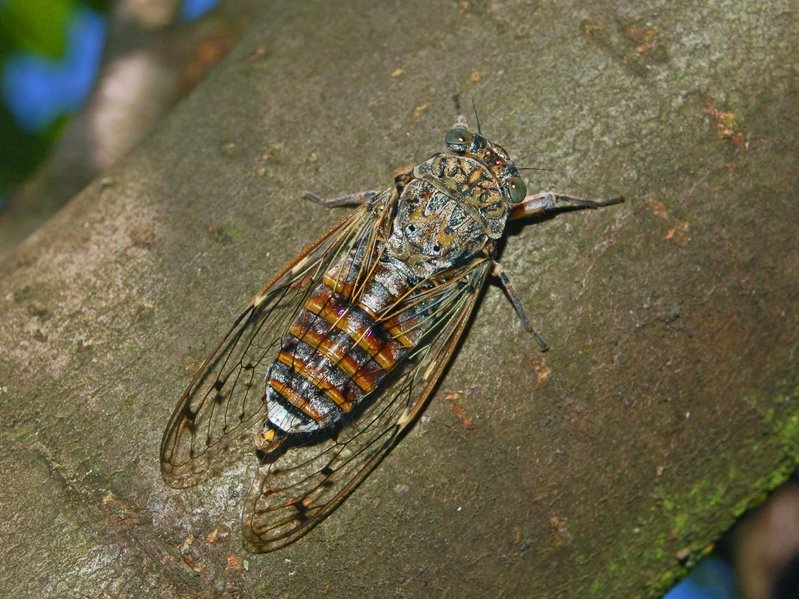
Aside from its immediate scientific value, this fossil could be an invaluable point of reference for genetic research on cicada evolution. Comparing Eoplatypleura messelensis to contemporary species, scientists might reveal how the changes in the environment shaped their distribution and adaptation over millions of years.
“Fossils like this are more than curiosities, they’re time capsules,” says Jiang. “They tell us how today’s ecosystems got where they are.”
A Reminder of Earth’s Ever-Changing Biodiversity
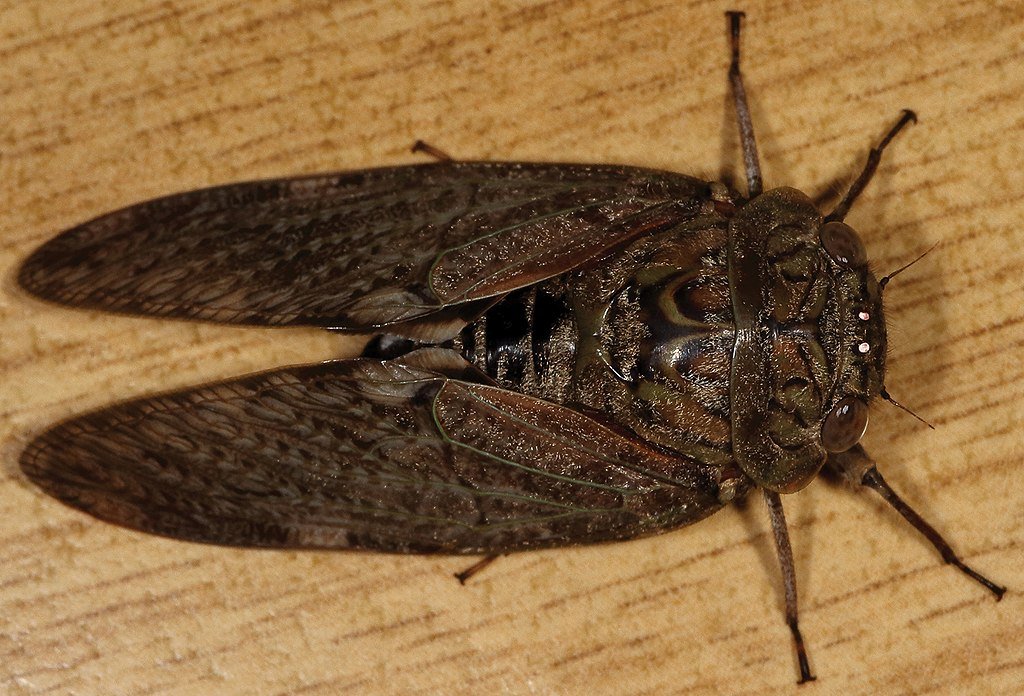
The finding of Eoplatypleura messelensis emphasizes a deep reality: life on Earth is constantly changing. Ancient Messel’s subtropical woodlands are no more, with temperate woodlands of Europe taking their place. But descendants of this 47-million-year-old cicada continue to infuse summer nights with their sounds, a living link to an extinct world.
As Wedmann says: “Every fossil tells a story. This one reminds us that even the smallest creatures play a role in Earth’s grand evolutionary saga.”
Sources :

Jan loves Wildlife and Animals and is one of the founders of Animals Around The Globe. He holds an MSc in Finance & Economics and is a passionate PADI Open Water Diver. His favorite animals are Mountain Gorillas, Tigers, and Great White Sharks. He lived in South Africa, Germany, the USA, Ireland, Italy, China, and Australia. Before AATG, Jan worked for Google, Axel Springer, BMW and others.

